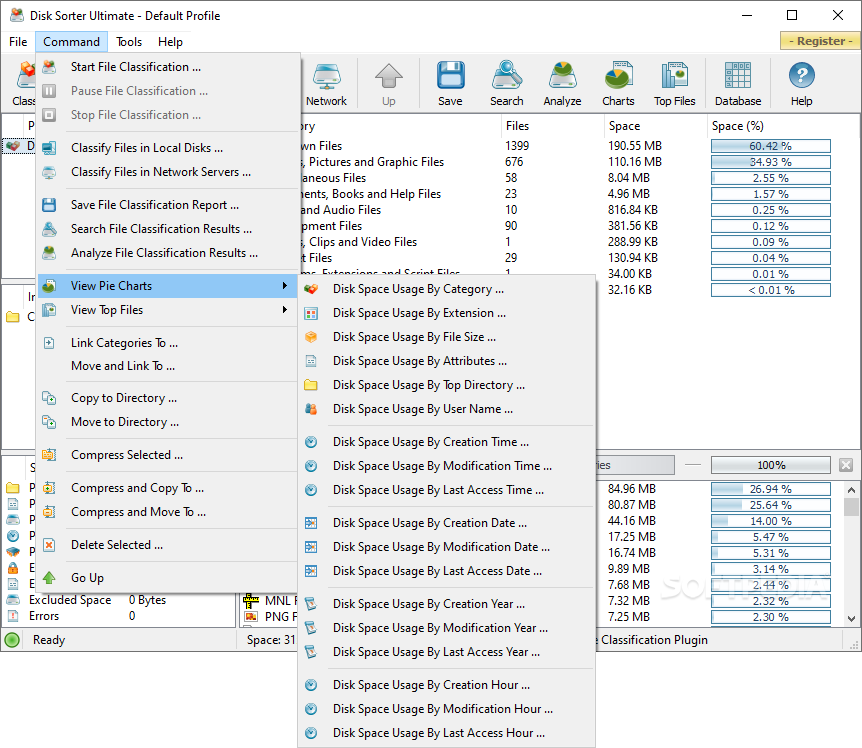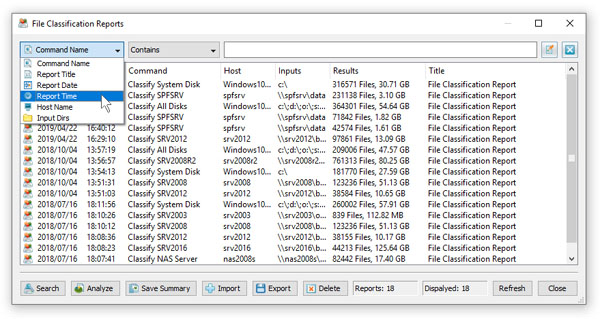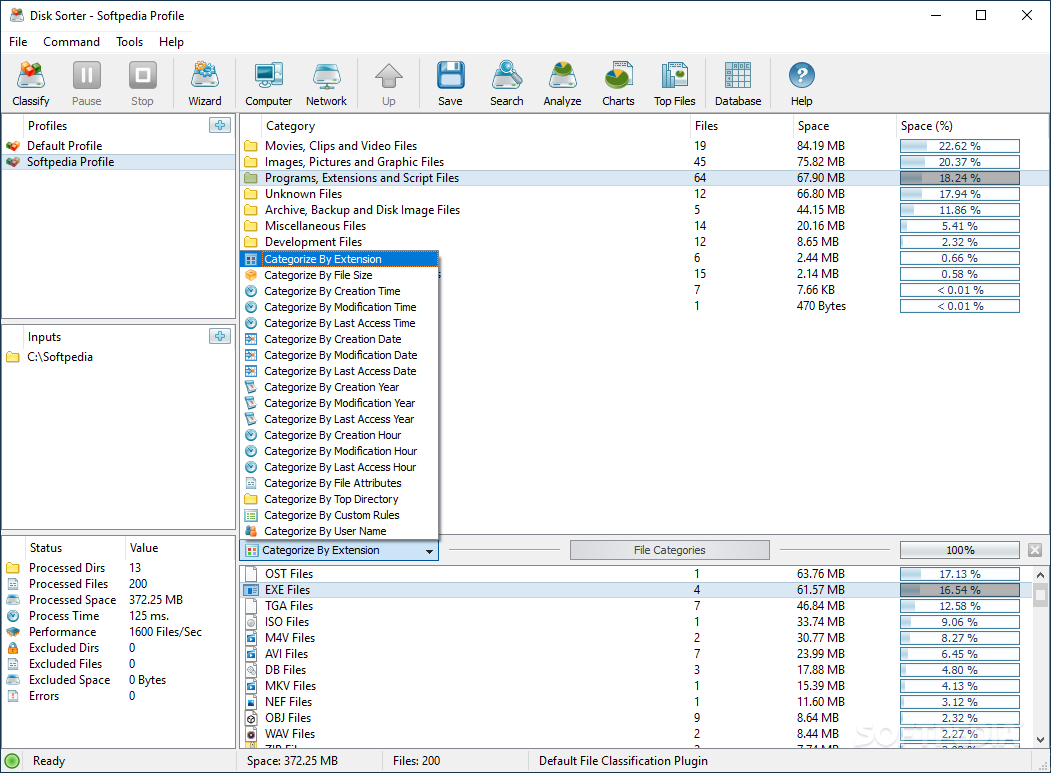


Many of these tools are equipped with quantitative and qualitative metrics designed to analyze user-supplied data, generating insights into different aspects of the experiment. The unique analysis requirements from each distinct genomic assay complicates the already diverse ecosystem of bioinformatic tools by necessitating the creation of a novel tools and algorithms to maximize biological interpretation. This explosion in data has been paralleled by the development of multiple quality control and data analysis tools. The funders had no role in study design, data collection and analysis, decision to publish, or preparation of the manuscript.Ĭompeting interests: I have read the journal’s policy and the authors of this manuscript have the following competing interests: BFP has a financial interest in Peconic, LLC, which utilizes the ChIP-exo technology mentioned in this study and could potentially benefit from the outcomes of this research.Īdvances in next-generation sequencing have supercharged biochemical assays into ‘big data’ genomic resources. Additional support was provided by the Cornell Institute of Biotechnology’s Epigenomic Core Facility, (CU Epigenomics Core Facility, RRID:SCR_021287). įunding: This work was supported by NIH grants and awarded to BFP. Sample Galaxy tools to communicate with STENCIL are available at.
#Disk sorter ultimate 9.7.14 code#
This is an open access article distributed under the terms of the Creative Commons Attribution License, which permits unrestricted use, distribution, and reproduction in any medium, provided the original author and source are credited.ĭata Availability: Source code for STENCIL is available at (STENCIL RRID:SCR_021878) with detailed documentation and examples are available at. Received: JAccepted: JanuPublished: February 9, 2022Ĭopyright: © 2022 Sun et al. PLoS Comput Biol 18(2):Įditor: Mihaela Pertea, Johns Hopkins University, UNITED STATES Its capabilities have now been dramatically expanded to provide native support for Galaxy integration, Federated login, local hosting, custom domain usage, and improved security protocols for analyzing controlled de-identified biomedical patient data.Ĭitation: Sun Q, Nematbakhsh A, Kuntala PK, Kellogg G, Pugh BF, Lai WKM (2022) STENCIL: A web templating engine for visualizing and sharing life science datasets. The utility of the STENCIL platform has been demonstrated in two prior publications to date. Data reproducibility is provided by the well-proven Galaxy bioinformatic web platform. We architected STENCIL to operate on minimal system requirements (i.e., 1 CPU, 8Gb RAM) while seamlessly organizing thousands of unique samples in an intuitive interface for data discovery. To address these challenges, we developed the STENCIL web platform to incorporate principles of project management with a strong emphasis on data reproducibility and FAIR data practices. The exponential growth of genomic projects, which can now generate thousands of unique datasets in a single paper, have produced organizational and logistical difficulties for biochemists and bioinformaticians. Code and implementation details are available on GitHub: Įfficient and scalable data visualization of analysis is a critical bottleneck in biological discovery within life sciences. STENCIL has been used to support the analysis and dissemination of two large scale genomic projects containing the complete data analysis for over 2,400 distinct datasets. STENCIL is a lightweight tool that can stream data from Galaxy, a popular bioinformatic analysis web platform. REST API based back ends provide programmatic data access and supports easy data sharing.

This flexibility enables researchers to render small or large sets of experimental outcomes, producing high-quality downloadable and editable figures that retain their original relationship to the source data. STENCIL leverages a flexible web framework for creating templates to render highly customizable visual front ends. We present STENCIL, a web templating engine designed to organize, visualize, and enable the sharing of interactive data visualizations. However, in practice it can be difficult to consolidate data analyses that encapsulates the broad range of datatypes available in the life sciences.

This critical step determines baselines for reproducibility and is a key requirement for data dissemination. The ability to aggregate experimental data analysis and results into a concise and interpretable format is a key step in evaluating the success of an experiment.


 0 kommentar(er)
0 kommentar(er)
